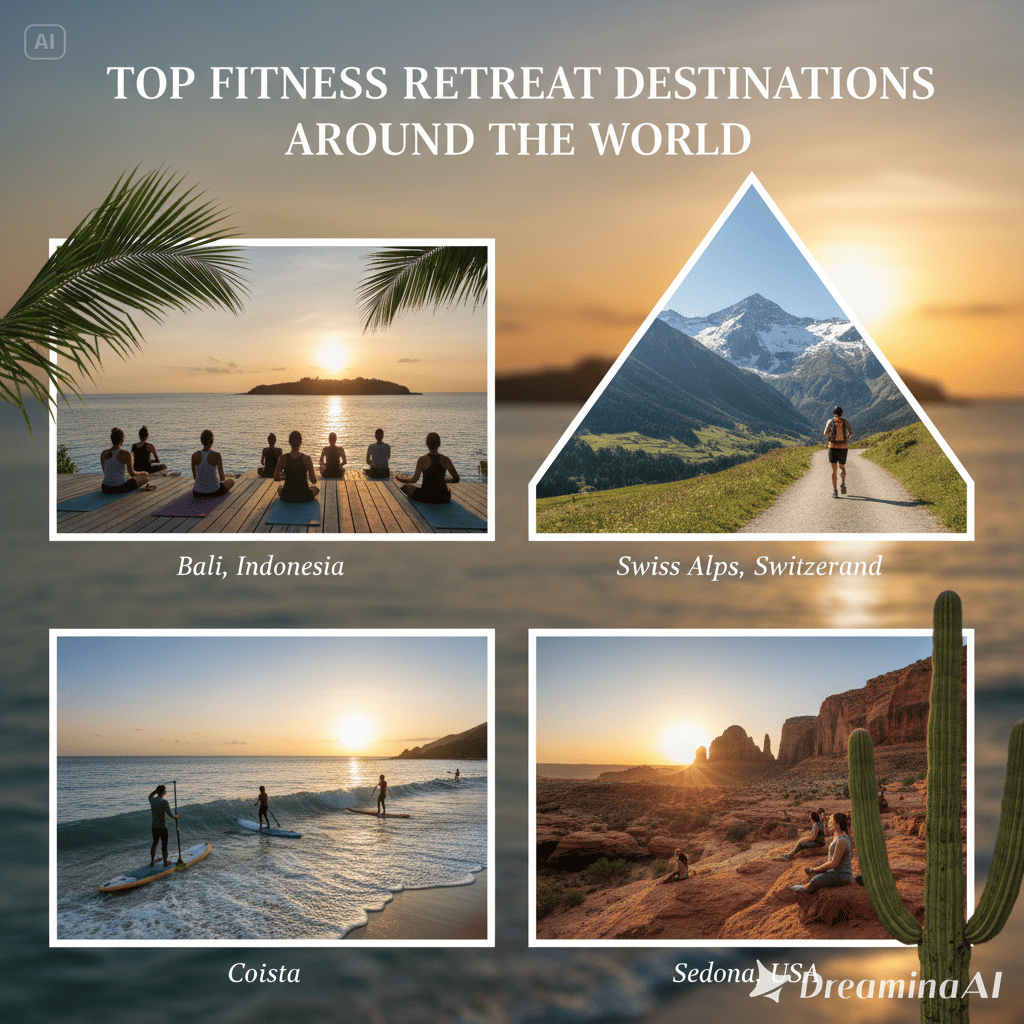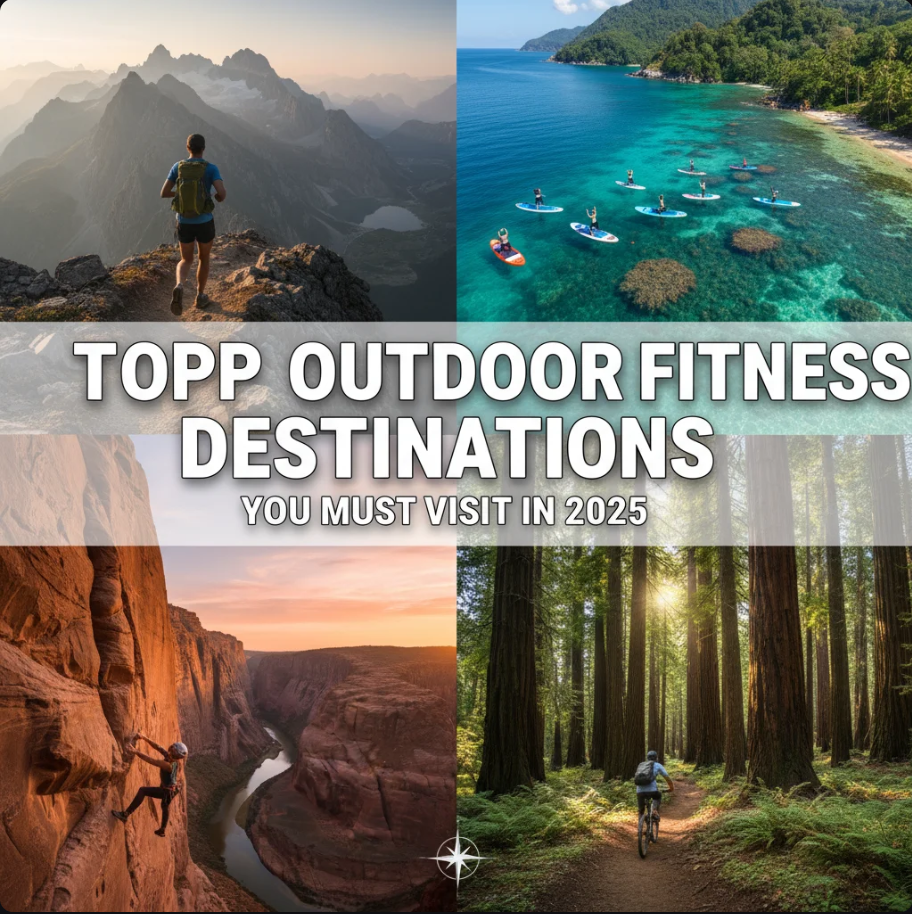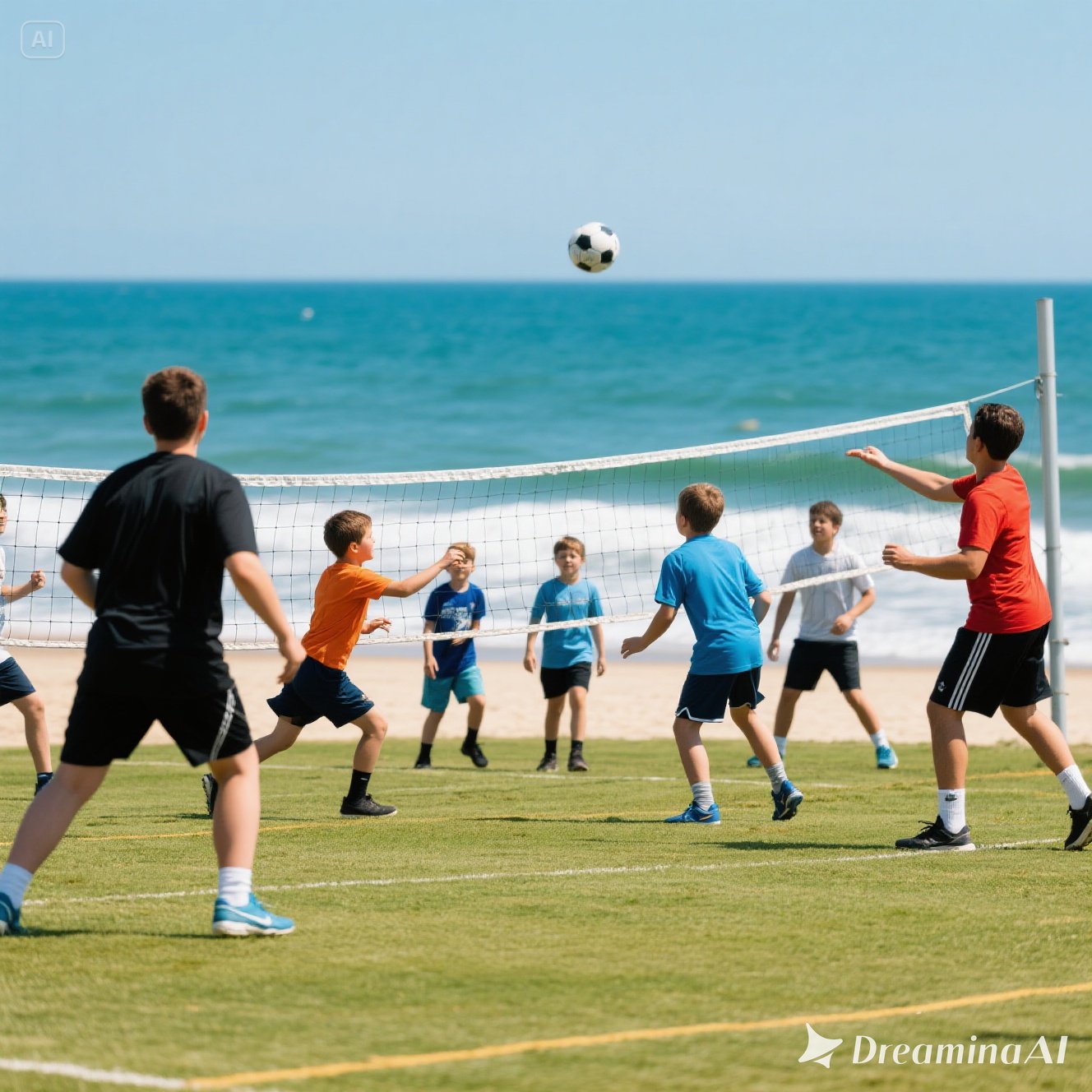Coastal sports camps are gaining popularity worldwide. Discover why training by the sea offers unique health benefits, fun activities, and community connections.
Over the past few years, coastal sports camps have emerged as one of the fastest-growing trends in the world of fitness, sports, and outdoor recreation. Combining the beauty of seaside landscapes with athletic training, these camps offer a unique blend of physical activity, relaxation, and community. From professional athletes to families seeking active vacations, more people are discovering the appeal of training and playing along the coast.
This article explores the reasons behind the rising popularity of coastal sports camps, the types of activities they offer, and their impact on health and lifestyle.
1. The Appeal of Training by the Sea
Nature has always played a role in athletic performance, but the coastal environment adds unique benefits.
- Fresh Air & Climate: Training with sea breezes improves oxygen intake and enhances endurance.
- Scenic Motivation: Exercising with the backdrop of the ocean provides mental stimulation and reduces stress.
- Versatile Terrain: Beaches offer natural resistance for running, while the ocean itself allows for water-based sports.
For many participants, coastal sports camps feel less like training and more like an energizing retreat.
2. Activities Offered in Coastal Sports Camps
These camps vary in focus, but most include a mix of land and water activities.
- Beach Sports: Volleyball, soccer, ultimate frisbee, and beach tennis.
- Water Sports: Surfing, paddleboarding, kayaking, and open-water swimming.
- Fitness Training: Bootcamps, yoga, pilates, and high-intensity interval training (HIIT) on the sand.
- Adventure Elements: Hiking coastal trails or participating in team-building activities.
The diversity of sports ensures that camps attract people with different interests and fitness levels.
3. Who Attends Coastal Sports Camps?
- Athletes: Many professional and amateur athletes use these camps for off-season training.
- Fitness Enthusiasts: People who want to stay fit while enjoying a holiday atmosphere.
- Families: Camps often include children’s programs, making them attractive as family vacations.
- Corporate Teams: Companies send employees for wellness and team-building retreats.
This broad audience has contributed to the rapid growth of coastal camps globally.
4. Health and Lifestyle Benefits
Coastal sports camps go beyond just fitness—they promote overall well-being.
- Physical Health: Improved cardiovascular endurance, strength, and flexibility.
- Mental Health: Reduced stress levels, improved mood, and enhanced mindfulness from time spent in nature.
- Community Building: Camps foster connections among participants through teamwork and shared experiences.
For many, the holistic benefits are just as valuable as the physical training.
5. Economic and Tourism Impact
The popularity of coastal sports camps has also boosted local tourism and economies.
- Coastal towns benefit from visitors booking hotels, restaurants, and local tours.
- Camps often collaborate with local businesses, creating new opportunities for growth.
- In some regions, these camps have become a major attraction, drawing international participants.
This makes coastal sports camps not only a fitness trend but also a driver of sustainable tourism.
6. Challenges and Considerations
While highly appealing, coastal sports camps face some challenges:
- Weather Dependence: Camps must adapt to unpredictable coastal weather.
- Environmental Concerns: Responsible camps implement eco-friendly practices to protect fragile coastal ecosystems.
- Cost: Premium camps can be expensive, though budget-friendly options are emerging.
Conclusion
The growing popularity of coastal sports camps reflects a global desire to blend fitness, fun, and nature. By offering diverse sports, unique health benefits, and a community atmosphere, these camps provide much more than training—they deliver experiences.
As awareness of health and wellness continues to rise, coastal sports camps are likely to expand even further, shaping the future of active tourism and outdoor recreation.
Recommend :












